June 11, 2018
Women and younger people are transforming the UK’s freelance economy
 The workforce is changing as more people swap the security of a 9-to-5 job for the flexibility of freelancing, with key demographics and industries leading the self-employed sector, according to a new study from Instant Offices. ‘Millennials’ and UK workers facing significant lifestyle changes, such as motherhood, or nearing retirement, and are looking for more flexible ways to work. According to the Association of Independent Professionals and the Self-Employed (IPSE), the self-employed sector now includes approximately 4.8 million people, with freelancers comprising 42 percent of that population and 6 percent of the UK workforce as a whole. The IPSE reports that in 2016, freelancers contributed £119 billion to the national economy. This was up from £109 billion in 2015 and experts are predicting that this number will only continue to grow in the years to come.
The workforce is changing as more people swap the security of a 9-to-5 job for the flexibility of freelancing, with key demographics and industries leading the self-employed sector, according to a new study from Instant Offices. ‘Millennials’ and UK workers facing significant lifestyle changes, such as motherhood, or nearing retirement, and are looking for more flexible ways to work. According to the Association of Independent Professionals and the Self-Employed (IPSE), the self-employed sector now includes approximately 4.8 million people, with freelancers comprising 42 percent of that population and 6 percent of the UK workforce as a whole. The IPSE reports that in 2016, freelancers contributed £119 billion to the national economy. This was up from £109 billion in 2015 and experts are predicting that this number will only continue to grow in the years to come.






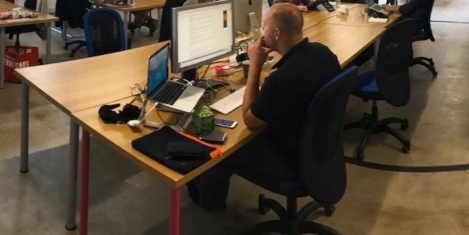
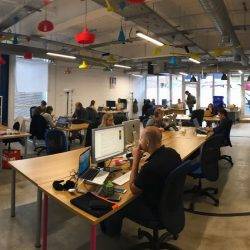










 While millions of words have been dedicated to the expected changes in post-Covid workstyles – how will people work, where will they work, how will they be supported – very little has been said about their employers: companies and corporations. Yet the anticipated changes to work and the workplace raise questions about the role of the company. Is it one just half of a transaction between employer and employee? Or is it something more? Indeed, what is the role of the company in the modern economy? Is the nature of the company likely to change? The answers could have a greater impact on workstyles than the pandemic.
While millions of words have been dedicated to the expected changes in post-Covid workstyles – how will people work, where will they work, how will they be supported – very little has been said about their employers: companies and corporations. Yet the anticipated changes to work and the workplace raise questions about the role of the company. Is it one just half of a transaction between employer and employee? Or is it something more? Indeed, what is the role of the company in the modern economy? Is the nature of the company likely to change? The answers could have a greater impact on workstyles than the pandemic. 

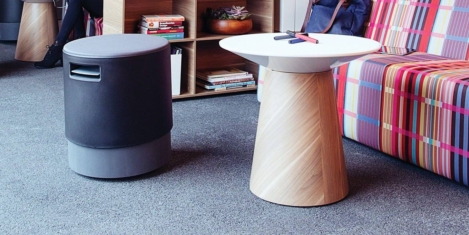
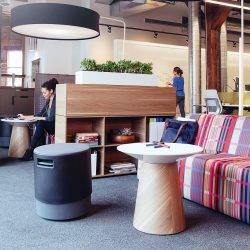






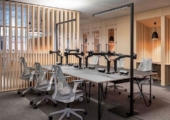


June 13, 2024
Right now, GenAI mostly produces cheap grey goo for a perpetual present
by Mark Eltringham • AI, Comment, Technology